SOURCE: RAUNAK KUNDE / NEWS BEAT / IDRW.ORG
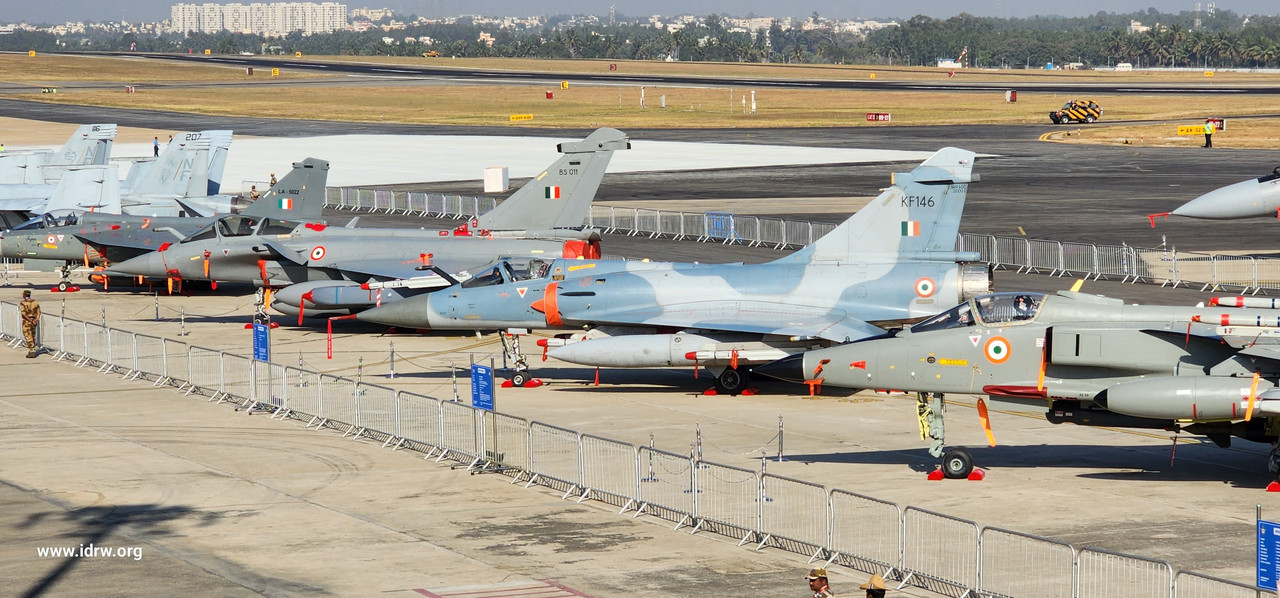
Dassault Aviation, the French aircraft manufacturer, is currently laser-focused on finalizing crucial orders for the Indian Navy: the 26 Rafale M fighter jets. These high-priority acquisitions will equip the newly commissioned INS Vikrant aircraft carrier and bolster India’s maritime defence capabilities.
In a competitive race for a place on the new Indian aircraft carrier INS Vikrant, the Rafale M emerged victorious. Chosen over the American F/A-18 E/F Super Hornet, the Rafale M’s performance and compatibility with INS Vikrant’s design proved decisive. These 26 aircraft will form the backbone of the Indian Navy’s carrier-borne air power, significantly enhancing its offensive and defensive capabilities.
Continue readingSOURCE: RAUNAK KUNDE / NEWS BEAT / IDRW.ORG

Bharat Dynamics Ltd (BDL), riding high on the recent sale of the Akash Air Defence System to Armenia, is now in advanced talks with another undisclosed country for its acquisition, according to sources familiar with the program. This potential deal, following closely on the heels of the Armenian contract, marks a significant surge in India’s defence exports and cements the Akash system’s position as a sought-after technology in the global arms market.
While the exact identity of the interested nation remains under wraps, reports suggest Oman has expressed keen interest in acquiring the Akash system. Initial rounds of discussions have already concluded, paving the way for deeper negotiations. Both India and Oman are reportedly eager to finalize the deal, with BDL aiming to secure a firm contract by 2024.
Continue readingSOURCE: RAUNAK KUNDE / NEWS BEAT / IDRW.ORG
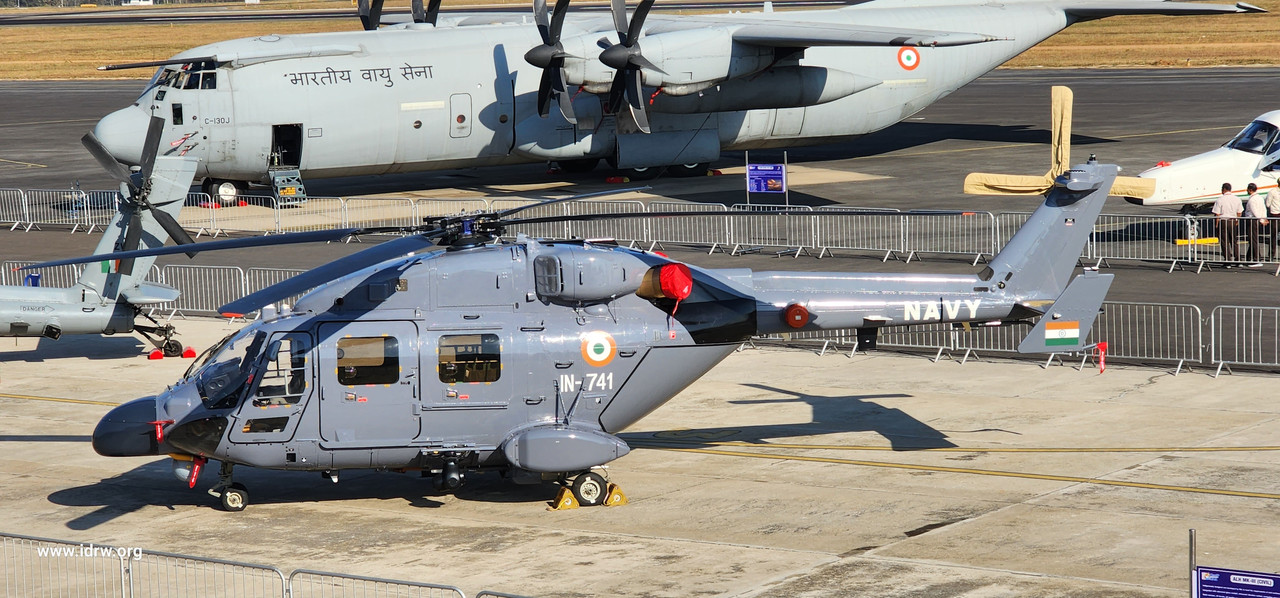
India’s state-owned Hindustan Aeronautics Limited (HAL) is gearing up to take on the waves with its Utility Helicopters-Maritime (UHM) program, a maritime variant of the versatile ALH Dhruv chopper. This crucial project aims to provide the Indian Navy with 60 next-generation helicopters tailored for coastal and offshore operations, boosting India’s maritime defence capabilities.
The UHM program is on a fast track, with the rollout of the prototype scheduled for October 2024 and the second prototype following suit by April 2025. This rapid development timeline puts the UHM on course for full operational readiness by 2025-2026, marking a significant milestone in India’s naval modernization efforts.
Continue readingSOURCE: IDRW.ORG TEAM
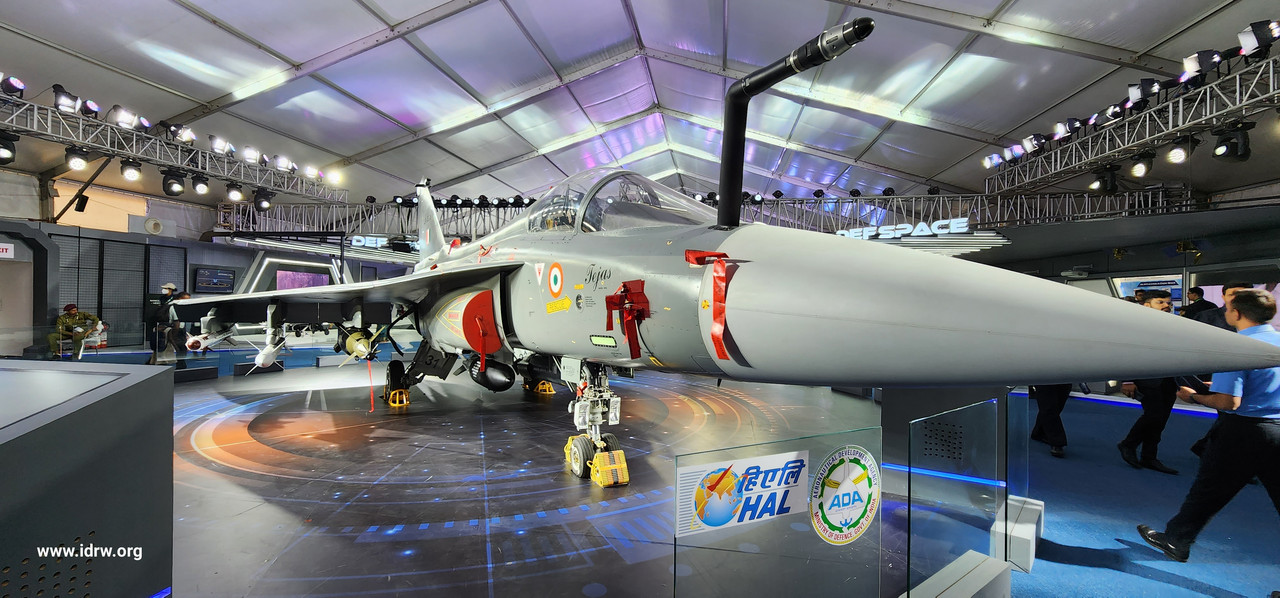
The Indian Air Force (IAF) is gearing up for a major expansion of its fighter jet fleet, with both the advanced Tejas Mk1A and the next-generation Tejas Mk2 programs gaining momentum. The IAF has confirmed plans to order 97 additional LCA-Tejas Mk1A fighter jets, on top of the 73 already ordered in 2021.
This brings the total number of Mk1A jets to 170, significantly bolstering the IAF’s fleet of indigenous fighter aircraft. In addition to 36 older Mk1 and 18 LCA-Tejas Trainer. The increased production rate will see HAL scaling up production from the current 8 aircraft per year to 24 by 2026, ensuring timely delivery of the new jets.
Continue readingSOURCE: IDRW.ORG TEAM
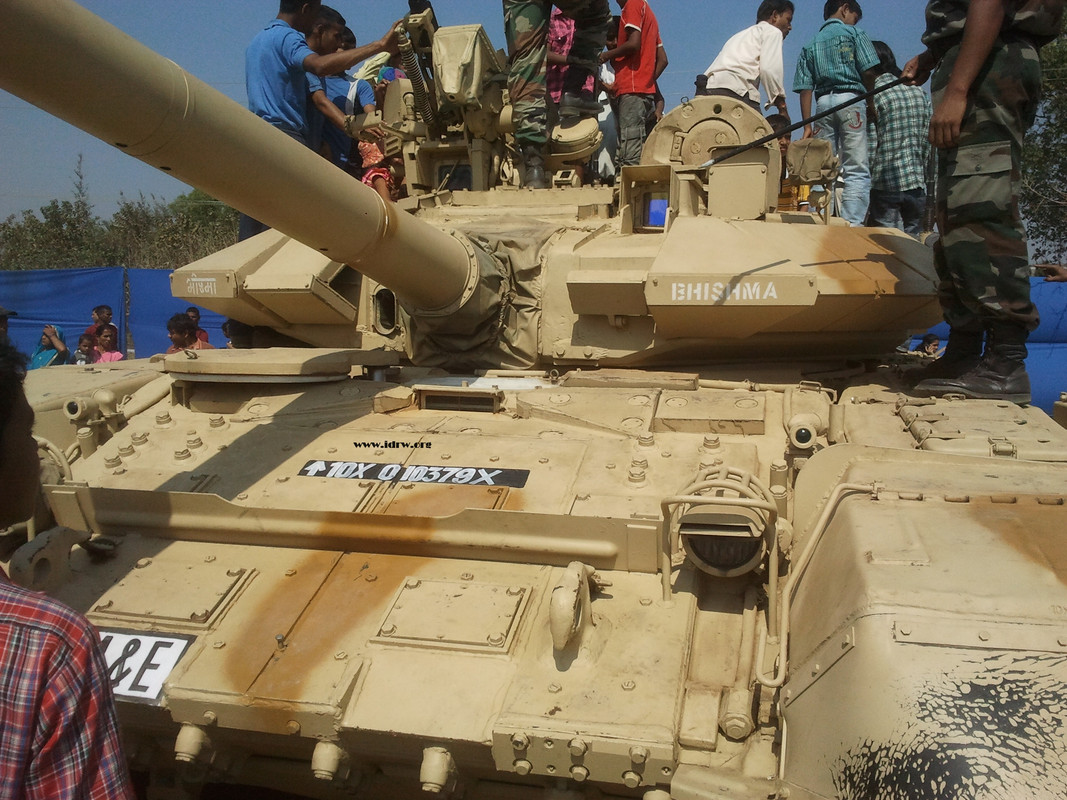
The Indian Army’s formidable T-90 tanks are about to get even more potent. The Defence Acquisition Council (DAC) has approved the integration of two cutting-edge technologies: the Digital Ballistic Computer (DBC) and the Automatic Target Tracker (ATT). This upgrade promises a significant leap in accuracy and battlefield effectiveness.
Gone are the days of meticulously manual tank positioning. The ATT eliminates this time-consuming process, automatically tracking enemy tanks with unwavering precision. This crucial advantage allows for quicker engagement and a higher chance of hitting the target first.
Continue readingSOURCE: RAUNAK KUNDE / NEWS BEAT / IDRW.ORG
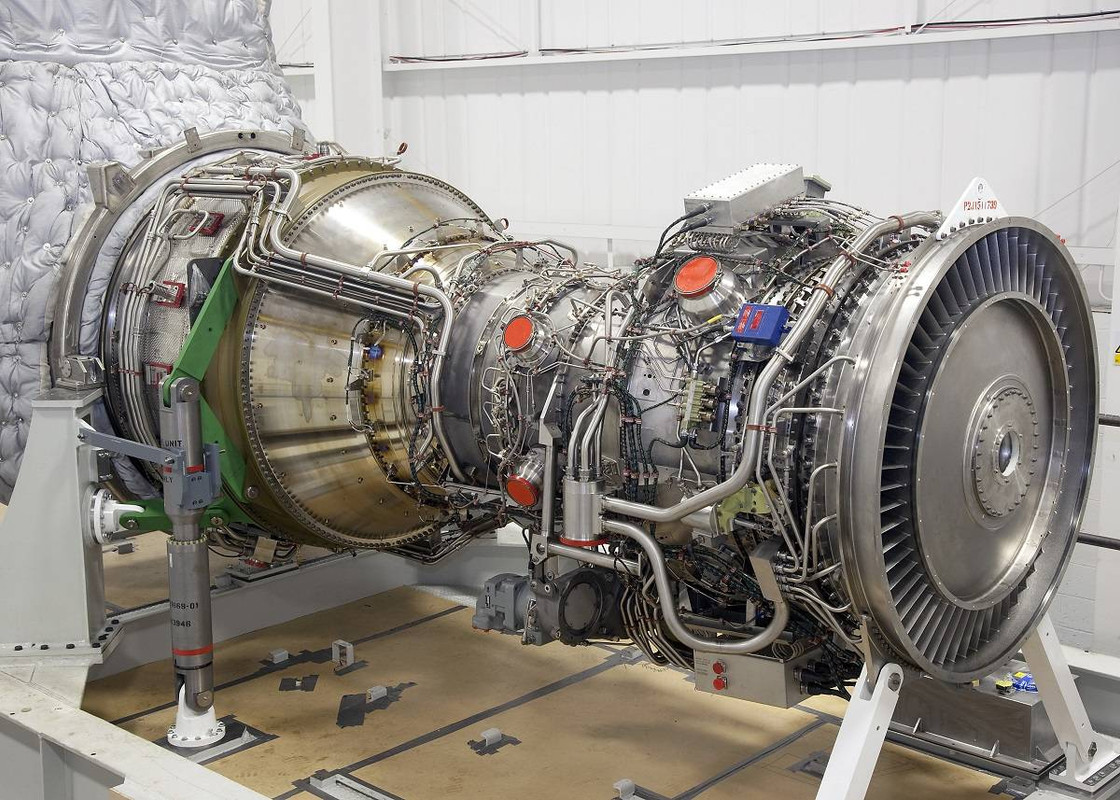
India’s ambitions for its naval power take a turn, as it enters talks with British engineering giant Rolls-Royce to power its upcoming Second Aircraft Carrier (IAC-II) with the MT30 marine gas turbine. This potential shift marks a significant departure from the American General Electric LM2500 engines used in the current INS Vikrant.
The MT30 boasts superior fuel efficiency compared to the LM2500, a crucial factor for extended operations at sea. However, this advantage comes at a price tag almost 1.5 times higher. Additionally, while IAC-II’s design will largely mirror Vikrant’s 45,000-ton displacement, the choice of engines signifies a strategic decision beyond immediate operational needs.
Continue readingSOURCE: RAUNAK KUNDE / NEWS BEAT / IDRW.ORG

In a remarkable display of technological prowess, the Ministry of Defence (MoD) has confirmed the successful combat trial of Varunastra, an indigenously developed ship-launched anti-submarine heavyweight torpedo (HWT). The trial, conducted on June 6, 2023, by the Indian Navy, marked a significant milestone as the torpedo, fired from a submarine, precisely hit an underwater target. This achievement underscores the combat worthiness and capability of Varunastra, showcasing its ability to meet the Navy’s operational requirements.
The combat trial of Varunastra represents a critical phase in the testing and validation of this homegrown anti-submarine torpedo. The successful launch from a submarine and the precise hit on an underwater target validate the torpedo’s performance in real-world scenarios, affirming its reliability and effectiveness in naval operations.
Continue readingSOURCE: RAUNAK KUNDE / NEWS BEAT / IDRW.ORG
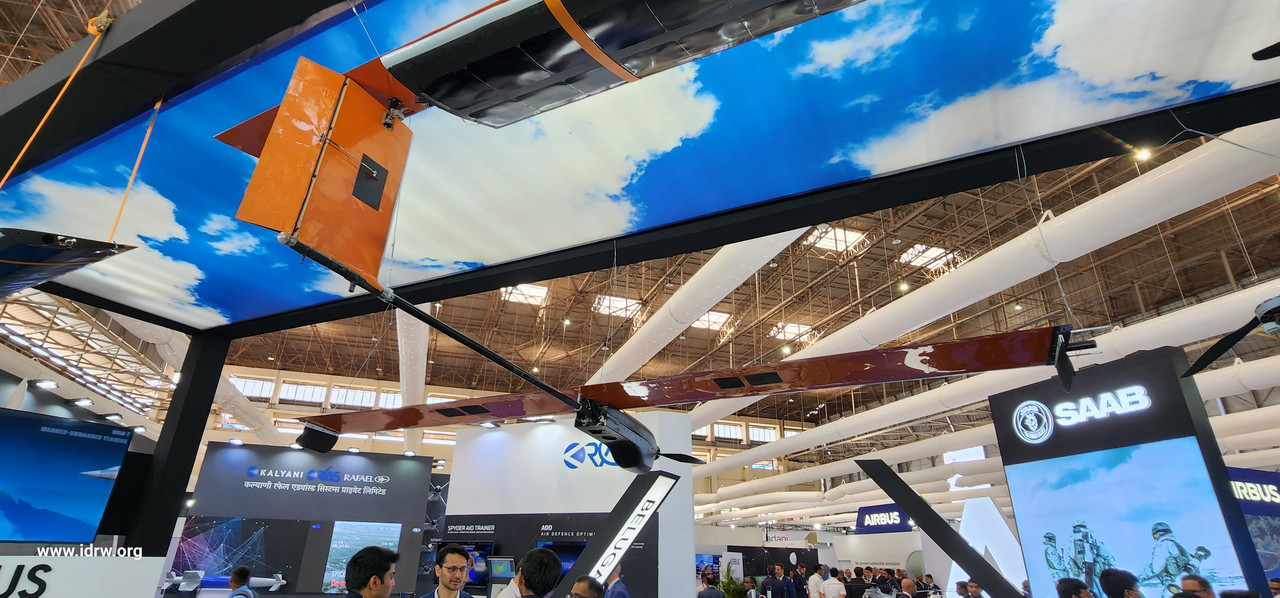
In a significant achievement for India’s drone technology landscape, Bengaluru-based startup NewSpace Research and Technologies National has successfully completed the Winter Solstice flight test campaign for its solar-powered High-Altitude Pseudo Satellite (HAPS) prototype. This milestone was achieved as part of the Ministry of Defence’s Innovation for Defence Excellence (iDEX) challenge, conducted at the Aeronautical Test Range (ATR) in Chitradurga. The sub-scale demonstrator model showcased an impressive 21+ hours in the air, meeting all design goals for long-endurance flight.
The successful completion of the Winter Solstice flight test marks a pivotal moment for India’s venture into the stratosphere. NewSpace’s HAPS prototype, developed as part of the Combined Air Teaming System (CATS) programme under the unmanned drone warfare initiative, has met all design goals, unlocking new possibilities for high-altitude, long-endurance flight capabilities.
Continue readingSOURCE: IDRW.ORG TEAM

The Indian Ministry of Defence (MoD) year-end review has revealed a significant development: the successful flight test of a Long-Range Anti-Ship Missile (LRASM) capable of engaging warships at extended distances. While details remain under wraps, this test marks a crucial step towards bolstering India’s maritime prowess.
Details surrounding the weapon are scarce, with the MoD report only confirming the test date (February 21st, 2023) and location (Integrated Test Range, Balasore, Odisha). The ambiguity leaves open the possibility of this LRASM being either a land-based or submarine-launched variant. However, considering the February test of a 402km-range Submarine Launched Cruise Missile (SLCM), speculation naturally arises about a potential connection.
Continue readingSOURCE: RAUNAK KUNDE / NEWS BEAT / IDRW.ORG
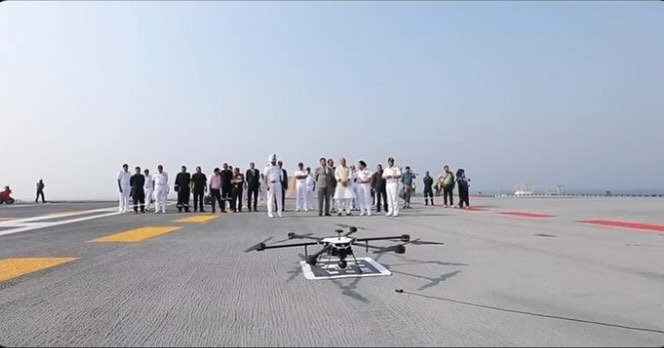
A Mumbai-based company, Sagar Defence Engineering Pvt Ltd, has successfully demonstrated the capabilities of its quadcopter drone with a historic takeoff from the Indian Navy’s aircraft carrier INS Vikrant. The drone not only soared from the mighty carrier but also completed a seamless landing on another ship, marking a significant milestone in India’s drone warfare ambitions.
The demonstration wasn’t just about showcasing the drone’s technical prowess; it served as a glimpse into the Indian Navy’s vision for integrating drones into its operations. The Navy envisions these drones playing a crucial role in the Naval Shipborne Aerial System (NSAS), enhancing its capabilities in various domains:
Continue readingSOURCE: RAUNAK KUNDE / NEWS BEAT / IDRW.ORG

India’s Tejas MkII program is experiencing an acceleration in progress following the realization of funds from September onwards. Recent developments, coupled with insights from individuals familiar with the program and vetting of tenders by idrw.org, shed light on the components and timeline associated with the Tejas MkII program. With a focus on enhancing the capabilities of the indigenous Tejas aircraft, the program is poised to achieve significant milestones in the coming years.
The Tejas MkII program has seen a surge in activity, particularly in the procurement of essential components. Recent tenders issued by the Aeronautical Development Agency (ADA) highlight the acquisition of critical elements, including LRUs, Data Acquisition systems, elevon, actuators, rudder actuators, Unified video cum Digital Data Recorder (UVDR) MkII, Hydraulic seals for flight control actuator, components for the Centre fuselage, Aircraft Mounted Accessory Gear Box (AMAGB), and Low-Profile Head-Up Display (LPHUD). These components are slated for delivery from early 2024 to mid-2024.
Continue readingSOURCE: RAUNAK KUNDE / NEWS BEAT / IDRW.ORG

The Indian Ministry of Defence (MoD) has confirmed in its year-end review that the Defence Research and Development Organisation (DRDO) has made significant strides in air-to-air missile technology. While specific details remain under wraps, the review mentions the successful testing of a state-of-the-art air-to-air missile powered by a “Solid Fuel Ducted Ramjet (SFDR)” propulsion system.
This isn’t the first time DRDO has showcased its SFDR capabilities. Last year, the organization successfully flight-tested the SFDR booster, setting the stage for further advancements. This technology promises to significantly enhance the range and performance of Indian air-to-air missiles.
Continue readingSOURCE: RAUNAK KUNDE / NEWS BEAT / IDRW.ORG
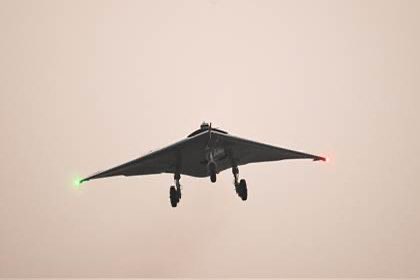
The Defence Research and Development Organisation (DRDO) is making rapid progress on its project to develop a subscale demonstrator of a stealthy flying wing uncrewed aircraft system (UAS). This technology is seen as critical for the development of India’s own Remotely Piloted Strike Aircraft (RPSA), also known as the Indigenous Stealth Drone.
Sources familiar with the program have revealed to idrw.org that the RPSA program will require dedicated funding as the Indian Air Force (IAF) and DRDO are still finalizing the configuration of the aircraft. This separate funding is estimated to be around 8000 crore rupees and will cover the development of two variants – one for strike missions and another for air dominance.
Continue readingSOURCE: IDRW.ORG TEAM

India’s Bharat Dynamics Limited (BDL) is expressing optimism about securing export orders for its indigenously developed Astra Mk1 Beyond Visual Range Air-to-Air Missile (BVRAAM) and Smart Anti-Air Weapon (SAAW) systems. BDL officials are currently in talks with several countries that have shown strong interest in these advanced weapons, potentially marking a significant milestone in India’s defense exports.
The Astra Mk1 has been actively promoted to operators of Su-30 and MiG-29 fighter jets, offering a compelling alternative to the Russian-developed R-77 BVRAAM. BDL highlights several key advantages of the Astra, including:
Continue readingSOURCE: IDRW.ORG TEAM

In a pursuit of knowledge and cross-cultural exchange, a delegation from the Indian Air Force Test Pilots School (IAFTPS) recently embarked on a study tour to the National Test Pilot School (NTPS) in the heart of California’s Mojave Desert. Led by the Officer Commanding IAFTPS, the group, comprising the Deputy Schoolmaster and students of the 45th Flight Test Course, delved deep into the world of American test flying, forging valuable connections and enriching their understanding of this critical domain.
The IAFTPS, established in 1957, is a premier institution responsible for training India’s elite test pilots, who push the boundaries of aviation technology and ensure the operational readiness of the Indian Air Force’s diverse aircraft fleet. The NTPS, founded in 1961, boasts a similarly prestigious reputation, having trained generations of American test pilots who have shaped the course of aerospace history.
Continue reading